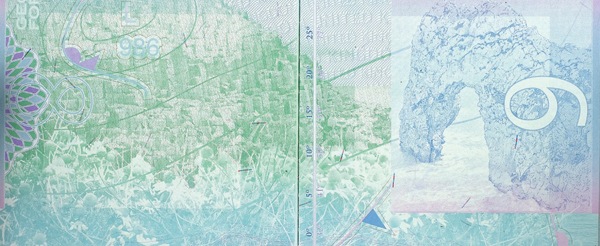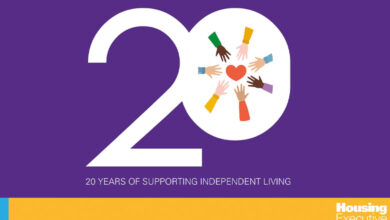The power of a passport
As the Giant’s Causeway starts to feature on British passports, agendaNi finds out about their history and purpose at home and abroad.
Famous around the world as a symbol of Northern Ireland, the Giant’s Causeway (above) is pictured on new UK passports in circulation since October.
Designs for Dover’s White Cliffs, Ben Nevis and the Gower Peninsula in Wales have also been weaved in. The main changes, though, are security upgrades e.g. moving the chip inside the front cover and including a second image of the holder on the observations page.
For the delayed plane passenger needing something to read, the British passport provides 45 momentous words.
“Her Britannic Majesty’s Secretary of State,” it solemnly proclaims, “Requests and requires in the Name of Her Majesty all those whom it may concern to allow the bearer to pass freely without let or hindrance, and to afford the bearer such assistance and protection as may be necessary.”
An Irish passport carries an almost identical statement, from the Minister for Foreign Affairs, who makes clear that the bearer is a “citizen of Ireland”.
Officially called the ‘exhortation’, this sits on the inside front page and is probably missed by most travellers, especially those who ponder their photo. However, in an emergency, the passport holder will probably be grateful for the meaning that lies behind it.
Home Office guidance, seen by agendaNi, shows how the passport formally protects
its holder from harm, although travellers are always bound by the laws of the country they visit.
For a start, the “Secretary of State” is the Home Secretary, who is in charge of immigration and security, but the document itself is issued by royal prerogative. This has origins from medieval times.
King Henry V, better known as a general than a diplomat, signed the Safe Conducts Act 1414. Safe conducts were letters guaranteeing safe passage for his servants and were effectively the earliest passports. The modern versions first appeared in 1915, to distinguish between British and foreign nationals during the First World War.
The rest of the exhortation is addressed to two different groups.
Firstly, representatives of foreign governments are ‘requested’ to let the bearer cross their border “without let or hindrance”. This clearly refers to police and immigration officers. It is worth noting, though, that it is only a request, not a demand. Each country is ultimately free to decide who enters or leaves its territory.
Secondly, crown servants are ‘required’ to provide “such assistance and protection as may be necessary.” These servants are British consular staff based overseas. They can visit citizens e.g. in hospital or prison, but cannot offer legal advice.
Northern Ireland travellers regularly carry passports when flying, even within the UK.
Going back to the exhortation, foreign governments should let British citizens through and British consular staff must help them. Neither applies inside the UK. However, many passengers carry it as an official travel document in case of emergencies.
The story of Britain and Ireland’s passports is really one about co- operation, despite the countries’ divided histories. Of the world’s 193 countries, 75 have Irish embassies while 170 have British embassies.
British diplomats informally help Irish citizens in difficulty in 95 countries where the Republic is not represented and are often well-placed to cover the 23 others where neither country’s flag is flown. Ireland returns the favour to troubled British citizens as neither country considers the other foreign.






